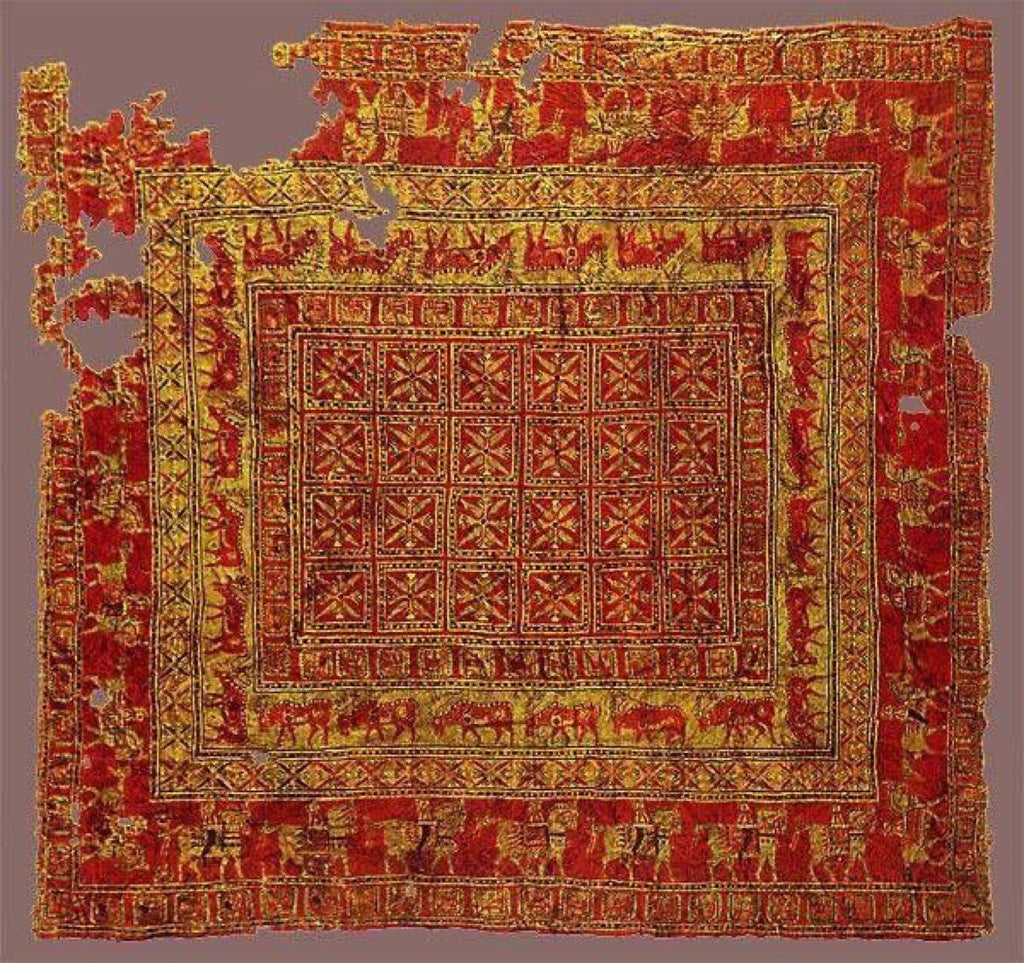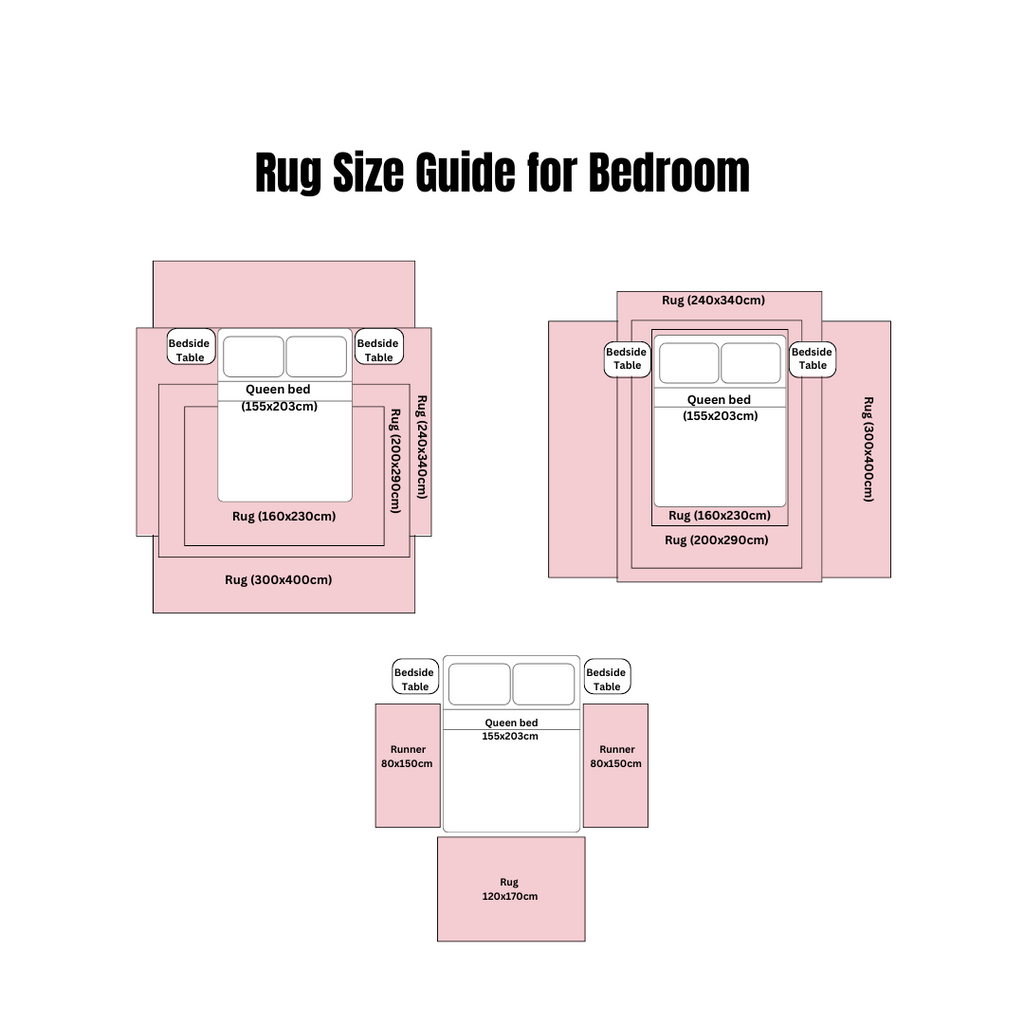The Pazyryk rug: Oldest Rug in the World

One of the oldest rugs in existence, the Pazyryk rug dates back to the third and fourth century BC. The Scythian nobleman's grave containing the Pazyryk rug was discovered by archaeologists in 1949 in Kazakhstan's Bolshoy Ulagan dry valley in the Altai Mountains. Much to the archaeologist’s surprise the old rug had been preserved extremely well almost as if it had been frozen in time by the icy climate of the mountains. The rug boasts a unique ribbon design in the centre with deer and horse-riding warriors etched around as a border. It’s quite fascinating that this style of rugs has withstood the passage of time and can be seen today in the modern world. We have a few of our own floor rugs that follow similar patterns, our Turkish rugs the ‘Classic' and ‘Aleyna’ collections are such examples. Both of these collections have a border with unique designs and artistic detail in the centre.

Where was the Pazyryk Carpet Made?
While it is still unknown who exactly made the oldest rug in the world there are some details in which can help trace its origins. It’s important to note that the Pazyryk Valley was positioned between active trade routes that crossed the ancient world, with China to the east and Central Asia to the south-west. While it is unknown whether the rug was traded, looted or stolen archaeologist’s are adamant that the Pazyryk’s are not the original owners but rather believe it was the Persians or Armenians.
To help back up their claims they use specific details within the rug. The horses depicted in the oldest carpet resemble the riders on a frieze in the ancient Persian city of Persepolis and with both nations having a history of rug manufacturing it becomes a little more apparent that the rug most likely did not belong to the Pazyryk’s. Given that the rug's complex and graceful design is more indicative of an established civilisation rather than the nomadic Pazyryks, the chance that it was produced by the Pazyryks is extremely low.

What Materials are Used?
Like many other rugs of its time it is made from 100% wool. The 183x200cm rug has a density of 360,000 gordian knots per square metre which is quite remarkable as it is denser than a lot of the modern rugs today. It’s important to note that quality is determined by knot density rather than thickness. A lot of people confuse this and assume that the thicker a rug the higher quality it is, however this is incorrect and the density of the rug is the determining factor.
How has the Colour Been Preserved so Well?
The bright colours are said to have persisted due to a dying method that involved fermenting wool. The wool must first be spread out for many weeks in direct sunshine before being used as animal bedding in a barn. The ideal circumstances for fermentation were produced by the heat, body fluids, and animal manure. The wool was then coloured and rinsed in a creek with the the carpet's prominent colours being red, yellow, and blue. The vibrant colours were produced using natural dyes derived from cochineal insects, rubia plant roots, soils, and rocks that contain iron oxide.

SHARE:



